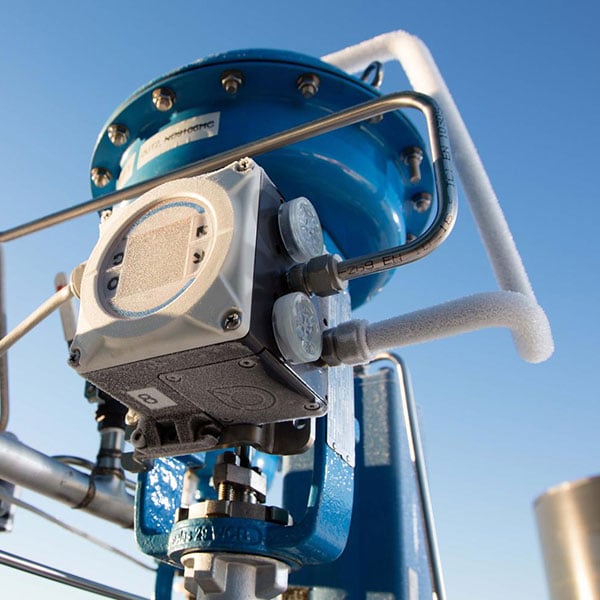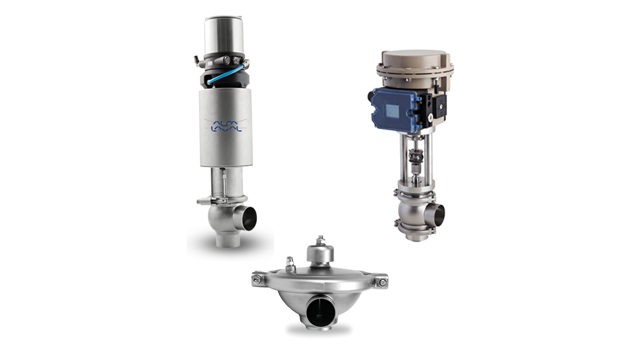
Maximize Energy Cost Savings and Comfort With Advanced Building Automation Controls
In the realm of modern-day architecture and center administration, the assimilation of innovative building automation manages stands as a pivotal advancement. By utilizing the power of automation, structures can adjust, respond, and progress in means that were once unthinkable.
Power Efficiency Perks
Energy efficiency benefits can dramatically lower power intake and functional expenses in buildings. Energy-efficient systems, such as innovative building automation controls, can maximize the usage of resources like illumination, heating, and air conditioning, leading to lower energy expenditures over time.
Additionally, improved energy efficiency can lengthen the life expectancy of building equipment and systems. By running extra effectively, HVAC systems, lighting fixtures, and various other structure components experience much less deterioration, resulting in minimized maintenance and replacement costs. Furthermore, energy-efficient buildings often regulate higher home worths and rental rates, providing long-term economic advantages to proprietors.
In addition, power performance can boost passenger convenience and productivity. Properly managed indoor atmospheres with optimal lights and thermal conditions develop an even more positive and conducive workspace, causing improved staff member contentment and performance. On the whole, the energy performance benefits connected with sophisticated structure automation controls are diverse, incorporating expense savings, ecological stewardship, and passenger health.
Enhanced Convenience Control
Enhancing convenience control in building settings calls for an advanced assimilation of innovative automation systems for ideal owner well-being. By using innovative building automation controls, facilities can customize the interior setting to meet the particular requirements and choices of occupants. These systems make it possible for precise policy of illumination, temperature, and ventilation, producing a efficient and comfortable environment. Occupant fulfillment and performance are very closely connected to thermal comfort, making it important to have systems in area that can adjust to altering conditions in real-time.
By including these sophisticated controls, structures can not only enhance convenience however also enhance power effectiveness by optimizing system procedures based on actual tenancy and usage patterns. Inevitably, prioritizing owner comfort via advanced automation systems leads to an extra satisfying and healthier interior setting.
Operational Effectiveness Improvements

Moreover, the application of real-time monitoring and analytics tools makes it possible for building drivers to identify power inefficiencies and functional abnormalities quickly. By continually checking energy use patterns and system performance metrics, changes can be made in real-time to enhance power consumption and guarantee peak functional efficiency. control valves. Additionally, integrating need response strategies right into building automation controls can additionally boost operational efficiency by dynamically changing energy usage based upon grid problems and rates signals
Indoor Environment Optimization
Reliable indoor environment optimization is a basic facet of building automation controls, guaranteeing passengers' convenience and health while making the most of power financial savings. By making use of advanced sensors and controls, developing automation systems can continually change and keep track of temperature level, moisture degrees, air high quality, and air flow to produce an optimum interior environment. Maintaining comfortable and constant conditions not only boosts owner fulfillment however likewise improves efficiency and general wellness.
Interior environment optimization additionally plays an essential role in power performance. By fine-tuning air flow, air conditioning, and heating systems based on real-time information and tenancy patterns, constructing automation controls can considerably minimize energy intake - control valves. For example, executing techniques such as demand-controlled air flow and thermal zoning can help minimize power waste while guaranteeing that each area of the look these up structure receives the necessary conditioning.

Lasting Atmosphere Development
Building automation manages not only optimize interior environment conditions for energy efficiency and occupant convenience however likewise lay the foundation for developing a lasting atmosphere through critical monitoring of systems and resources. By integrating innovative structure automation innovations, such as sensors, actuators, and intelligent software, facilities can change and keep track of power use in real-time to lessen waste and minimize their carbon impact. These systems make it possible for predictive maintenance, recognizing prospective issues Discover More Here prior to they intensify and optimizing tools performance to enhance long life and efficiency.
Moreover, lasting atmosphere production expands beyond power management to encompass water conservation, waste reduction, and interior air high quality improvement. Structure automation controls can regulate water usage, find leaks, and make certain appropriate waste disposal methods, adding to total sustainability efforts. Additionally, by managing and monitoring ventilation and purification systems, these technologies improve owner health and wellness and performance while decreasing energy intake associated with a/c procedures.
Final Thought
To conclude, advanced building automation regulates offer substantial benefits in regards to power cost savings, convenience control, operational effectiveness, indoor climate optimization, and developing a lasting atmosphere. By executing these controls, structures can accomplish optimum efficiency while reducing power intake and improving owner convenience. It appears that the use of sophisticated automation modern technology is important in boosting structure efficiency and creating a much more lasting future.
Power performance advantages can considerably lower power consumption and operational expenses in buildings. Generally, the power effectiveness advantages linked with innovative structure automation controls are diverse, including expense savings, environmental stewardship, and resident health.
Additionally, incorporating need feedback methods into building automation controls can additionally boost functional effectiveness by dynamically adjusting power use based on grid conditions and pricing signals.
Building automation regulates not just optimize these details indoor environment conditions for energy performance and owner convenience yet likewise lay the foundation for developing a lasting atmosphere through strategic management of systems and sources.In conclusion, progressed structure automation controls offer substantial advantages in terms of energy cost savings, convenience control, functional performance, indoor environment optimization, and developing a lasting atmosphere.
Comments on “Enhancing System Control with High-Performance Control Valves”